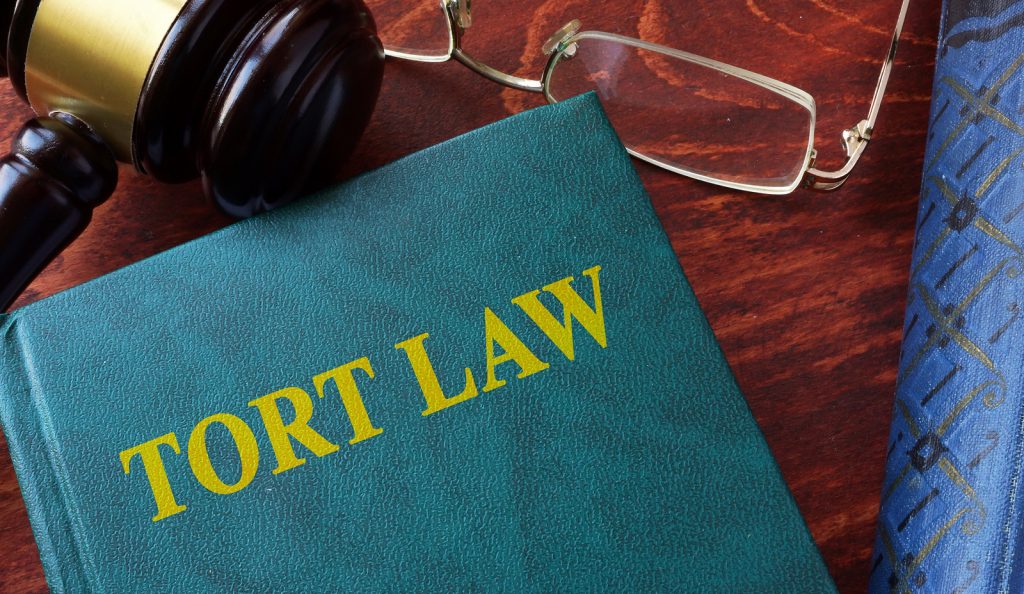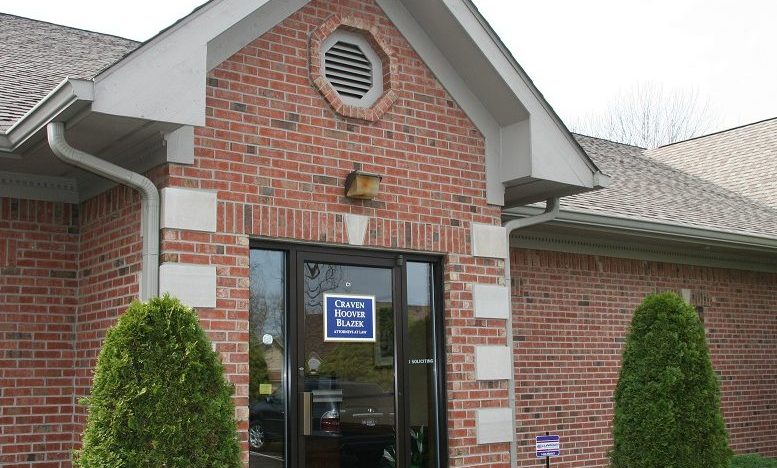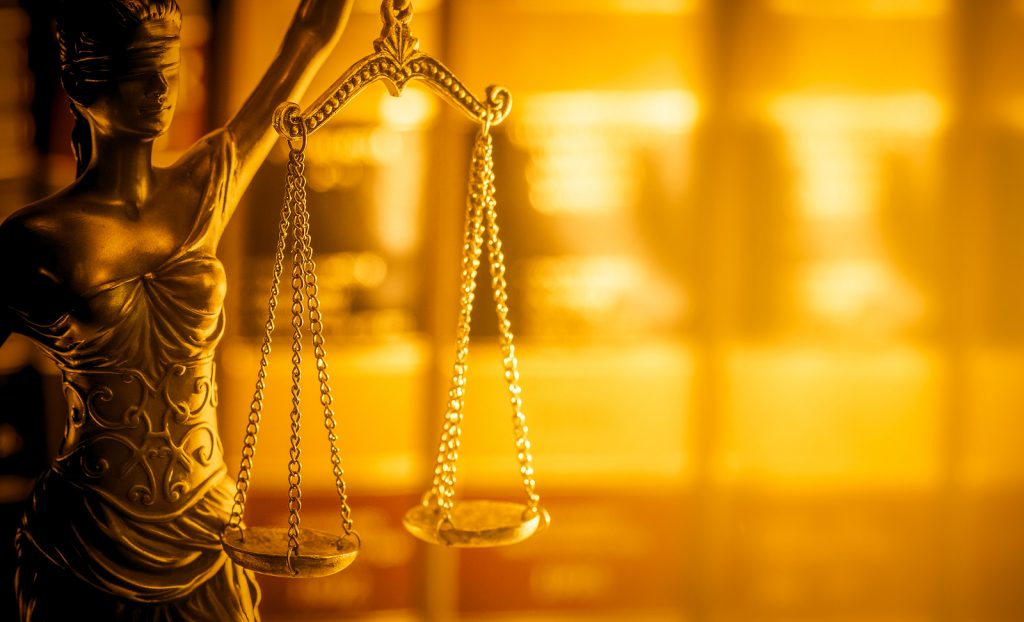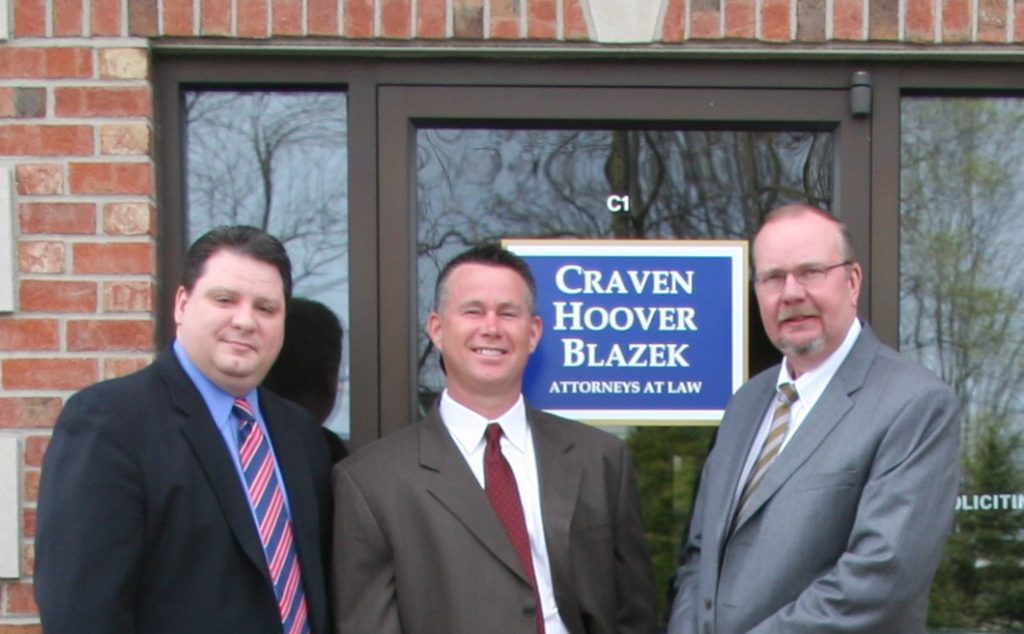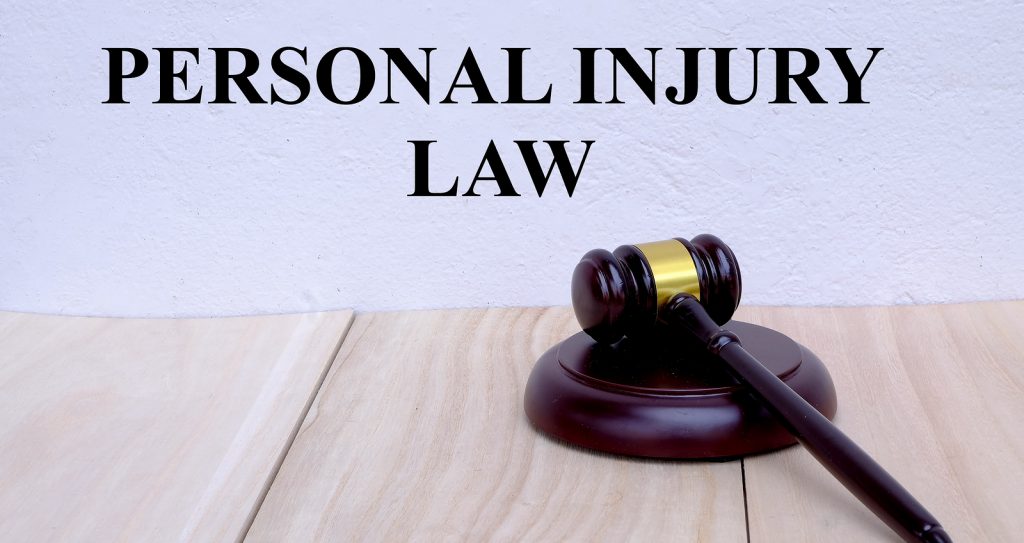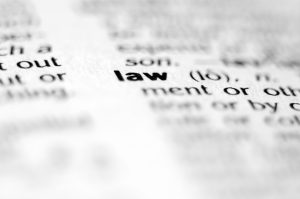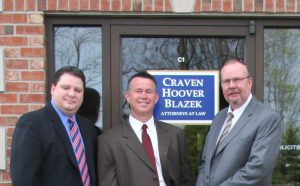Have you ever broken a rule, and as a result, someone got hurt? Well, torts are something like that, just much more serious. Torts are civil wrong-doings, negligent or immoral behaviors and actions against others. The law identifies a tort as a morally wrong action or inaction, and recognizes it as grounds for a lawsuit. Most often, torts come with significant consequences, like serious injuries and death, which is why the law provides certain relief for personal injury victims.
Continue below to learn more information about tort law, the most common types of torts, and what relief you can seek if you were recently injured in an accident that was not your fault.
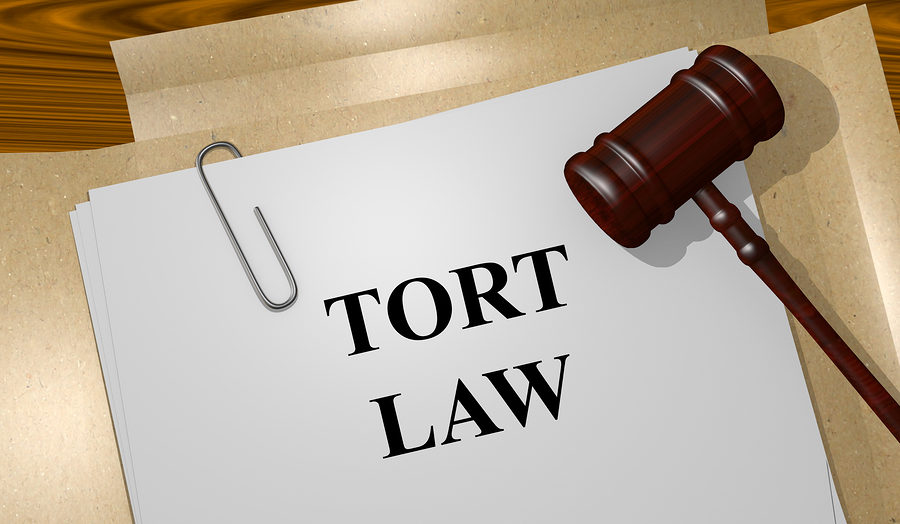
Tort Law
Tort law was established to serve 4 particular objectives: 1) to compensate victims for the injuries they’ve suffered as a result of another’s actions or inactions; 2) to transfer the cost of related damages and losses to the culpable party, such as hospital bills, medical expenses, lost wages, pain and suffering, and more; 3) to set an example and prevent harmful, reckless, and negligent behaviors in the future; and 4) to justify the legal rights and welfares of the victim that were compromised, diminished, or made powerless.
Compensation for Damages and Losses
Victims of torts can pursue legal compensation for damages and losses incurred as a result of the wrongdoing. Exemplary damages typically include hospital bills, medical expenses, lost wages, pain and suffering, prolonged physical therapy, and similar damages that result in economic loss. More extreme cases of torts can include many other types of damages, such as loss of companionship, mental anguish, PTSD, paralysis, wrongful death, and more. Injured victims can also pursue compensation for damages like diminished quality of life and loss of benefits from a loved one’s death.
When a victim makes a claim to collect compensation for damages sustained from a personal injury, they generally seek compensation from the negligent party’s insurance company. The victim’s accident attorney will handle all communication and legal proceedings with the opposing insurance company representatives to agree on a full and fair settlement. If a fair settlement cannot be reached, then the case can be taken to trial where a judge or jury will decide what’s fair.
Types of Torts
Common categories of tort law today include both intentional and non-intentional torts, such as general personal injuries, workers’ compensation, wrongful death, slip and falls, head or brain injuries, dog bites, nursing home neglect, motorcycle accidents, premise liability, product defects, medical malpractice, defamation, slander, libel, several types of deliberate infliction of emotional or physical trauma. In fact, every type of tort can be grouped into three separate categories of tort law: Intentional torts, Negligent torts, and Strict Liability torts.
⇛ Intentional torts are deliberate, premeditated, and purposeful. Assault and battery, sexual misconducts, and some nursing home neglect are some examples of intentional tort. See our blog, “The Difference Between Intentional and Unintentional Torts” to learn more.
⇛ Negligent torts occur as a result of carelessness and disregard. Disobeying traffic signals and causing an accident that harms another person is an example of negligent tort. Other examples include pedestrian accidents, hit-and-run accidents, medical malpractice and slip and fall accidents.
⇛ Strict liability torts, on the other hand, occur when a particular action causes harm or damage to another person, such as liability for making and selling defective products that are hazardous potentially.
It is Vital to Hire an Accident Lawyer
In order for accident victims and their families to recover a full and fair settlement in a personal injury case, it is vital to hire a seasoned personal injury law firm to navigate and pursue the case. Qualified accident lawyers retain the proper knowledge, experience, drive, and resources to professionally investigate and manage an accident case, and fight an insurance company for the settlement their client deserves. With extensive trial and litigation experience, a personal injury attorney will know exactly how to negotiate with the insurance company. This is a complex skill that takes years of practice and hands-on experience to master, so be sure to hire an accident lawyer that has the experience your case needs to be successful.
Indiana Personal Injury Lawyers You Can Trust
Call the Law Office of Craven, Hoover, and Blazek P.C. at 317-881-2700 to learn more about recovering the full and fair compensation for your damages following a serious accident or injury in Indiana. Not only do our skilled Indianapolis personal injury lawyers offer free initial consultations, we never collect attorney fees unless we recover a settlement for you. Get started by scheduling your consultation, today.


